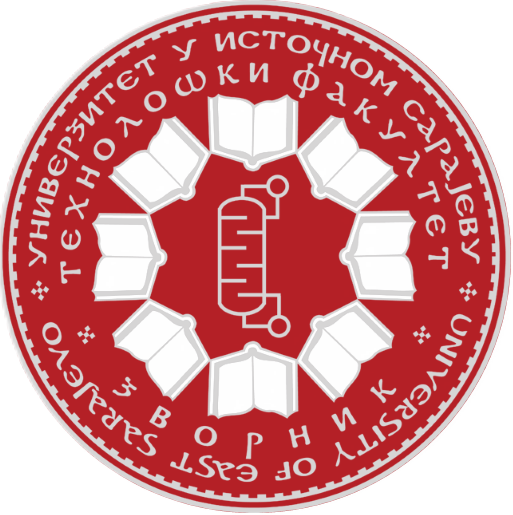A review on advanced photochemical processes influencing properties of materials is presented. Particular emphasis is given on photolytic processes for the removal of pollutants. Separately are presented methods for the removal of biological pollution. Major concern is paid to the methods for removal of persistent chemical pollutants. Two major groups of processes are known: homogenous and heterogeneous photocatalytic methods. The heterogeneous photocatalysis is usually done with semiconductor nanoparticles, capable to absorb light. In semiconductor the absorption of light quanta is connected with the promotion of electron(s) from valence to conduction band, leaving a positively charged hole(s) in CB. Electrons and holes can react with adsorbed molecules including water molecules. In this way the reactive intermediates are produced, which upon the sequence of reactions end with complete mineralization of ingredients. The scaling-up of heterogeneous photocatalytic process is closely connected with efficacy of them. As a matter of fact, many factors are involved in kinetics of photocatalysis: concentration of pollutants; concentration of catalyst; temperature; radiant flux; quantum yield; dopants; etc. The interrelations among various parameters are mostly nonlinear, and construction of the photoreactor is very demanding task. In last 30 years a lot of study was done, and general conclusion is that TiO2 (mostly anatase) is most efficient photocatalyst, but there is a lot of work needed on improvement of such processes.

